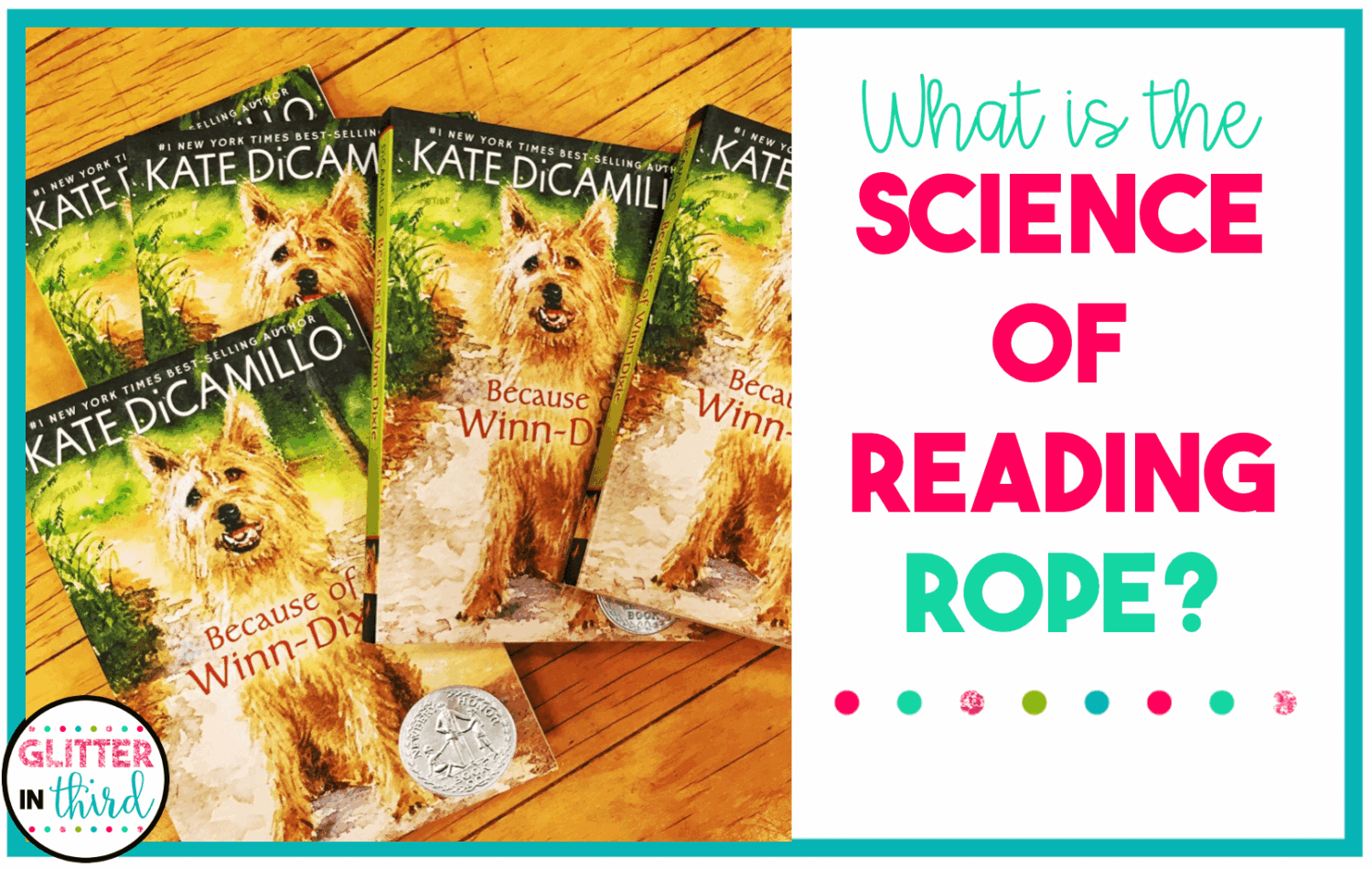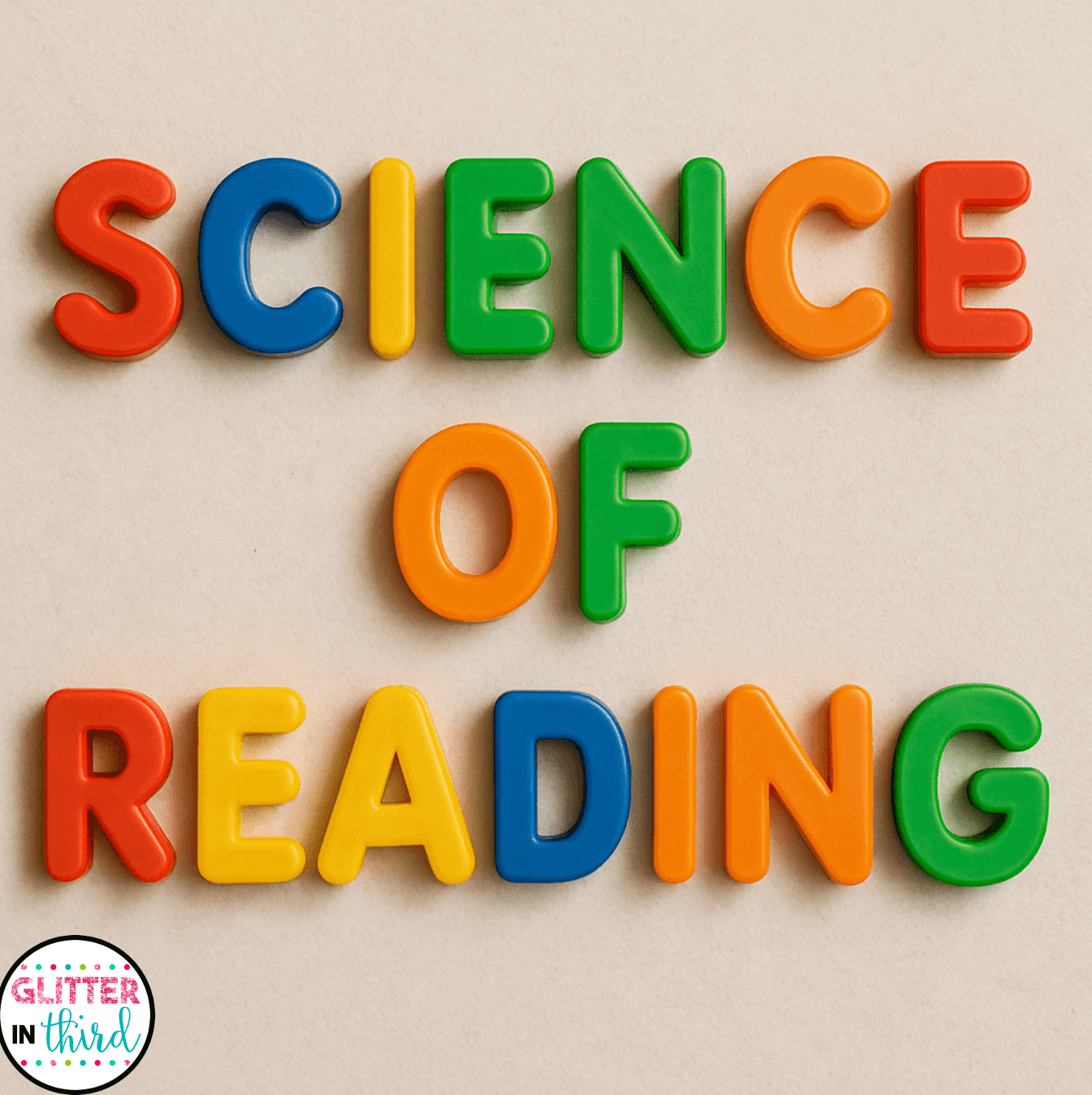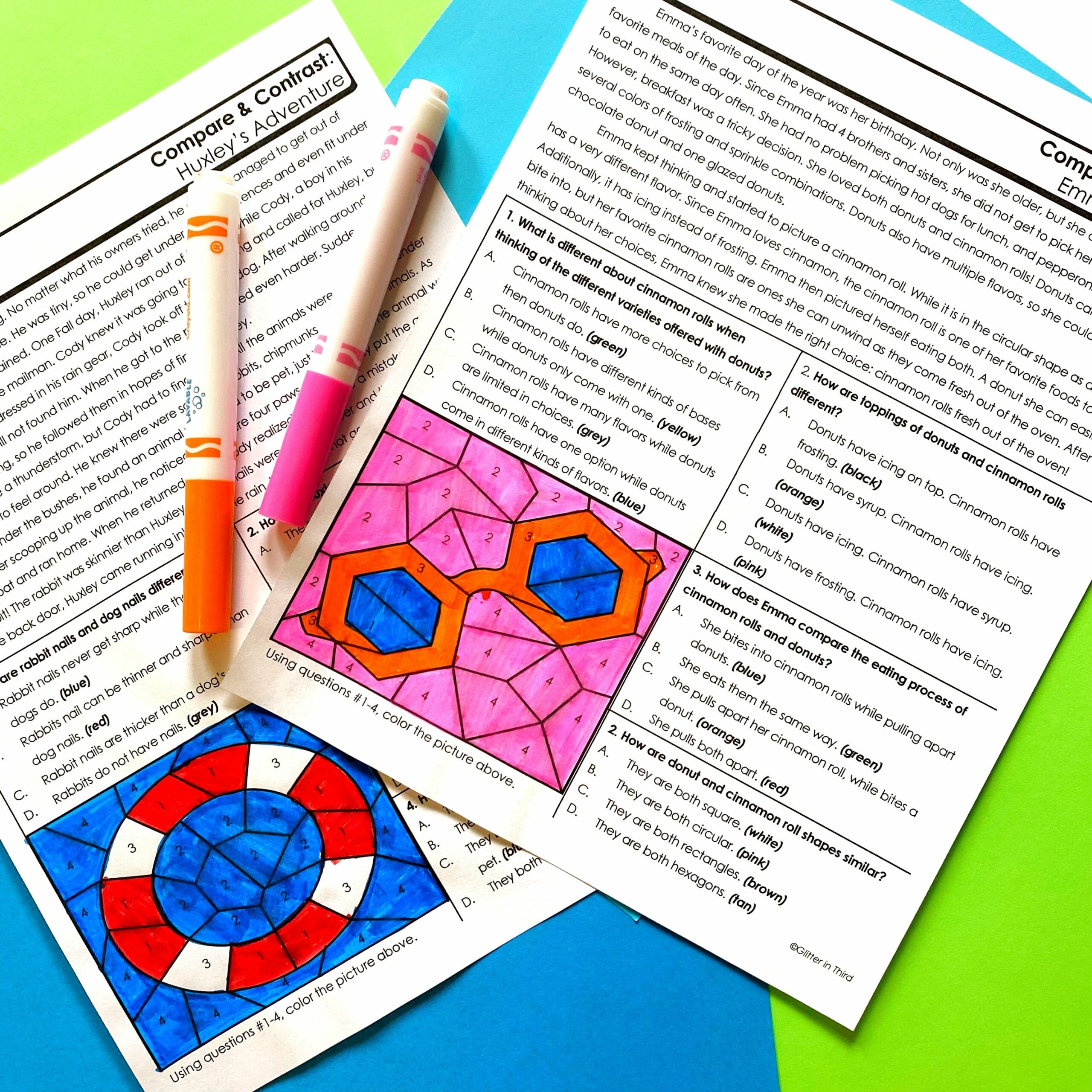Join the VIP Teacher Club!

Scarborough’s Reading Rope is one of the most widely shared visuals from the Science of Reading movement—but what does it look like in real classrooms?
If you’ve ever seen that colorful rope diagram and thought, “Okay, but what do I actually do with this?”—you’re not alone. While it’s great for understanding what reading is made of, it doesn’t always explain how to teach it.
So let’s break it down—and talk about what it actually looks like in a real-life classroom.
Scarborough’s Reading Rope was developed by Dr. Hollis Scarborough. This blog post shares an interpretation of the framework based on publicly available research and educational best practices.
Scarborough’s Reading Rope is made up of two main strands: Word Recognition and Language Comprehension. Each strand includes specific, teachable skills that work together to create skilled, fluent reading over time.
This strand helps students decode and recognize words automatically.
This strand helps students make meaning from what they read.
As students develop these skills, they become more automatic and strategic—and the strands tighten together like a rope. That’s what leads to fluent, skilled reading.
P.S. If you’re confused on the difference between phonics vs phonemic awareness vs. morphology, I have a blog post to help understand each category- make sure to give it a read!
Scarborough’s Reading Rope gives us more than just a visual—it gives us a blueprint for effective reading instruction. It reminds us that skilled reading isn’t built on just one thing like phonics or comprehension. It’s the intertwining of both Word Recognition and Language Comprehension—and each of those has multiple parts that must be taught explicitly and systematically.
If a student is only strong in one area—say, they can decode but don’t understand what they’re reading (or vice versa)—they’ll still struggle. That’s why our instruction has to be balanced, not in the “do a little of everything” sense, but in the intentional way we support both strands.
To do that, your daily reading block should include:
These aren’t just “extra” activities—they’re ways to make sure the essential skills in the rope are taught, practiced, and applied in ways that are meaningful and engaging for your students.

You don’t need to teach the rope itself—but you can use it to guide your reading block. It helps you see which skills to target and how to support both strands—word recognition and language comprehension—every day.
Here’s what that might look like in action:
These tools work best when layered onto strong, explicit instruction. They’re not fluff—they’re reinforcing key skills in ways that are clear, consistent, and fun for kids.

If you’re looking for practical, no-prep ways to strengthen each strand of the rope, here are a few favorites:
All are designed to fit right into your reading block.
Scarborough’s Reading Rope isn’t a checklist—it’s a framework that helps you see what skilled reading involves and where your students might need support. Once you understand how the strands work together, it’s easier to plan instruction that meets students where they are.
Looking for something to reinforce comprehension in a fun, no-prep way?
Grab my free color-by-number reading passage—just drop your email below, and I’ll send it straight to your inbox.

Hey there, I’m Kelly! I I love helping teachers save time with technology and resources so they have more hours in the day to spend with family and friends. Take a look around to find new ideas that you can implement in your classroom today!